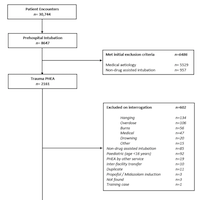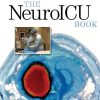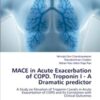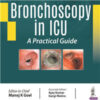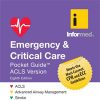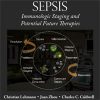Ketamine Sedation for Patients With Acute Behavioral Disturbance During Aeromedical Retrieval
prehospitalmed.com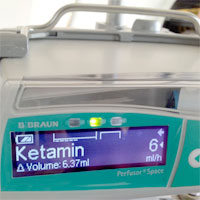
Acute behavioural disturbance(ABD), also known as Excited Delirium Syndrome, is a medical emergency with reported mortality of 8-10%. The management of ABD usually involves a judicious combination of de-escalation techniques, physical restraints and sedation. Sedation of patients with ABD is usually accomplished with benzodiazepines and antipsychotics, either alone or in combination. The use of these two drug classes can be limited by several factors, primarily respiratory depression with benzodiazepines and a delayed onset of action of up to 20 min with antipsychotics.
The study was a retrospective chart review of patients with ABD who were aeromedically retrieved by LRM and RFDS. LRM and RFDS are responsible for all aeromedical retrievals in Queensland, Australia and perform approximately 4,700 and 11,500 retrievals per year respectively. All patients with ABD needing aeromedical retrieval were included as study participants. ABD was defined as any behaviour that puts the patient or others at immediate risk of serious harm and may include threatening or aggressive behaviour, extreme distress and serious self-harm which could cause injury or death. 122 out of 213 patients met inclusion criteria.
Patient characteristics: 61.5% were male with a mean age of 35.8 years. Fixed-wing retrievals accounted for 75.8% of all retrievals. Suicidal ideation or suicide attempt was the most common underlying aetiology for ABD accounting for 52.4% of all retrievals.




